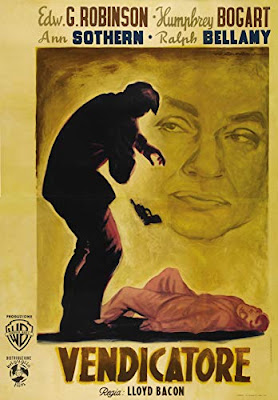Technically, the title refers to a region in Africa near the Niger River, but for the film’s purpose it’s a slave with an overpowering physical presence. In the parlance of its 1840s setting, a Big Black Buck; only ‘Buck’ is hardly the word they’d use. Yet the film isn’t quite the dated political/cultural incorrect object you expect, but a legitimate, if often clumsy, attempt to deal with slavery, owners and the monstrous social system of Antebellum South. Inevitably, the film has trouble walking between titillation and raising the flag of social injustice, director Richard Fleischer’s work considerably coarsened from his ‘50s heyday. (This project sandwiched between helming a Charles Bronson revenge number and a still-born Sarah Bernhardt bio-pic with Glenda Jackson.) But though controversial and even despised at the time (if commercially successful amid the Blaxploitation era), the effort at something serious comes thru amid generous helpings of violence & nudity. Boxer Ken Norton (who had recently bested Mohammed Ali in the ring) is the manly specimen bought for slave owning James Mason by scion Perry King; a prize bull for procreation and big money fighting. The main storyline building tragedy from interracial affairs with King preferring his slave-mistress to wife Susan George, while she seeks revenge with the Big Black Buck. Then everything devolving into more dead bodies than you’ll find at the end of HAMLET. Quickly falling out of fashion, the film now has real historical interest . . . though less on the 1840s than for 1975.
DOUBLE-BILL: Think of MANDINGO as precursor and missing link between DJANGO UNCHAINED/’12 and 12 YEARS A SLAVE/’13.

































